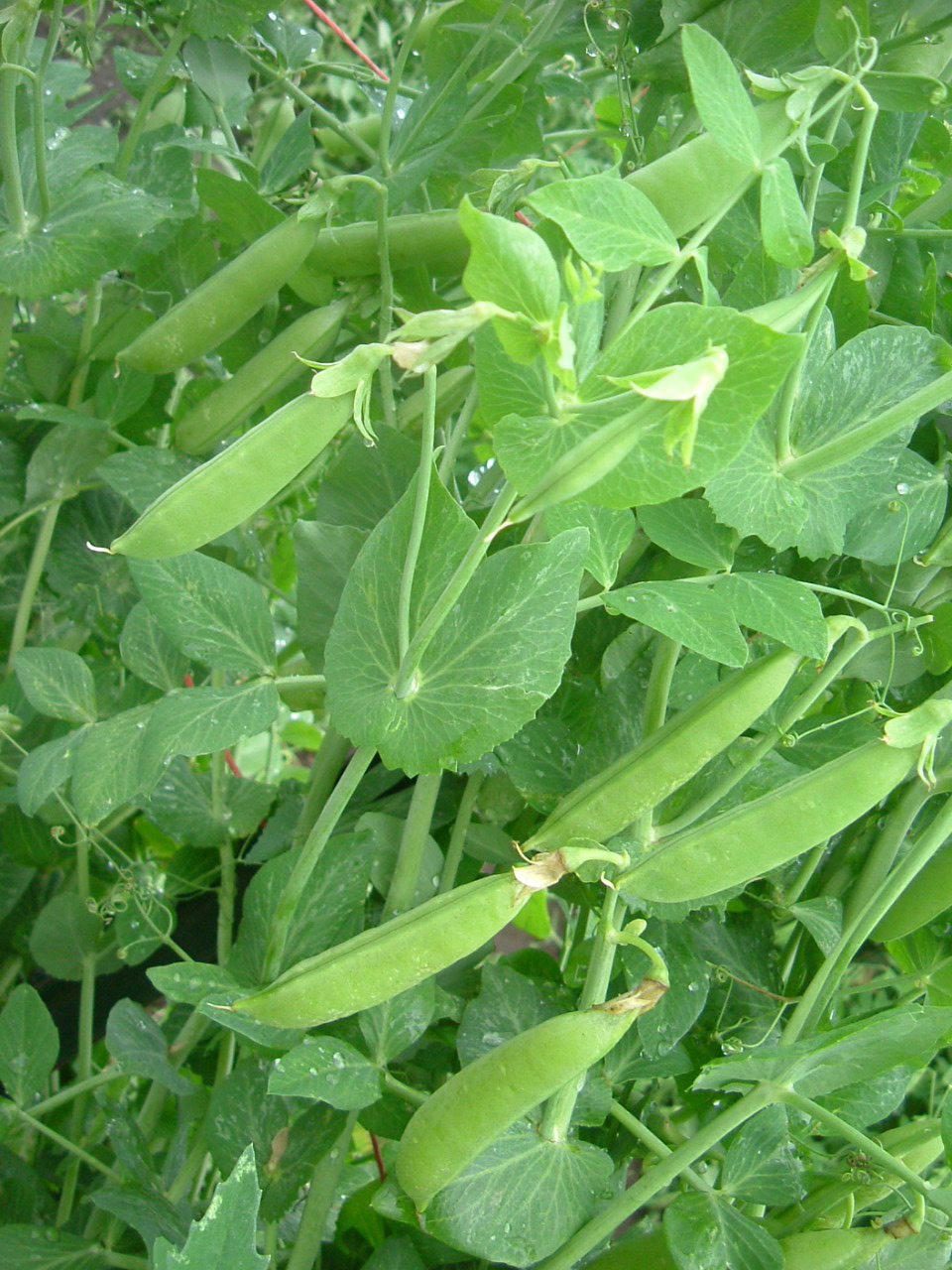Growing Snap Peas - How To Grow Snap Peas


Sugar snap (Pisum sativum var. macrocarpon) peas are a cool season, frost hardy vegetable. When growing snap peas, they are meant to be harvested and eaten with both pods and peas. Snap peas are great in salads while raw or cooked in stir fries with other vegetables.
How to Grow Snap Peas
Growing sugar snap peas is best when the temperature is 45 degrees F. (7 C.) or higher, so wait until you are sure chance of frost is past. The soil should also be dry enough to till without the dirt clumping up and sticking to your garden tools. After the early spring rains is definitely best.
Sow your snap peas planting seeds 1 to 1 1/2 inches (2.5-4 cm.) deep and 1 inch (2.5 cm.) apart, with 18 to 24 inches (46-61 cm.) between pairs of plants or rows. Early on when growing sugar snap peas, cultivate and hoe shallowly so you don't injure the plants.
When growing sugar snap peas, mulch around the plants, which will prevent the soil from getting too hot in summer afternoon sun. It also prevents too much moisture from building up around the roots. Too much sunshine can burn the plants, and too much water can rot the roots.
A little weeding is required, but growing snap peas don't require a lot of fuss and muss. Minimal fertilization is necessary and soil prep in the beginning consists of simple raking and hoeing.
When to Pick Sugar Snap Peas
Knowing when to pick sugar snap peas means paying attention to the pods and pick once they are swollen. The best way to know when your snap peas are ripe enough is to pick a couple each day until you find them suitable to your liking. Don't wait too long, though, because the peas can become tough and unusable.
Snap peas planting isn't difficult and the peas pretty much take care of themselves. Just plant the seeds and watch them grow. It takes very little time before you are enjoying your sugar snap peas.
Sign up for the Gardening Know How newsletter today and receive a free copy of our e-book "How to Grow Delicious Tomatoes".

Kathee Mierzejewski was with Gardening Know How in the very beginning, writing many of the site's foundational articles.